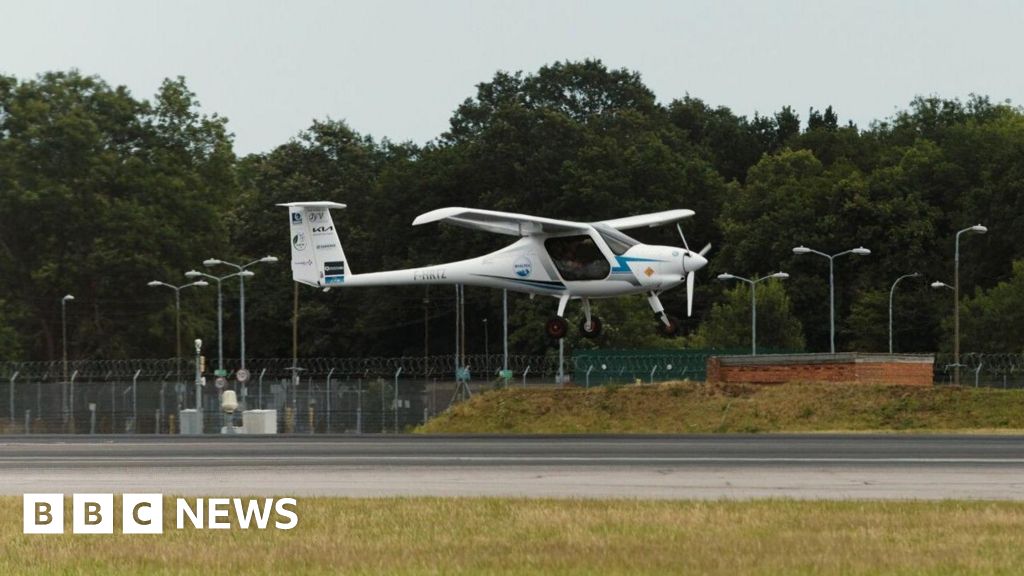The verdict is clear: to meet international climate change mitigation targets and ensure the continued functioning of Earth’s ecosystems, we need to rethink how we use our planet’s land.
Embedded in humanity’s current land-use practices lie both risks and opportunities. Agriculture, forestry and other land-based activities currently generate almost a quarter of all anthropogenic greenhouse gas emissions (GHGs). Meanwhile, natural land processes absorb carbon dioxide equivalent to nearly a third of emissions from fossil fuels and industry.
These risks and opportunities are reflected in national commitments under the Paris Agreement. Roughly 75 percent of signatory countries now include land-based targets in their latest Nationally Determined Contributions (NDCs). However, ambition alone is not enough to make these targets meaningful; progress—or the lack thereof—must be accurately and openly tracked.
Additionally, an unprecedented amount of data is being generated globally, which could help actors assess how land use and land management change over time and the implications for GHG emissions and removals. For instance, the Sentinel-2 Earth observation satellites are generating 1.5 terabytes of data on land cover changes, plant growth, forests, water pollution and natural disasters every single day.
Yet, many countries lack the capacity to monitor and interpret these changes, or to translate them into transparent and actionable information. The variation in how countries define, implement and report on their land-use goals makes it more challenging to assess overall progress toward climate goals.
This risks compromising the overall effectiveness of climate action in land use.
To help fill the gap and address these challenges, a consortium of partners—led by the Center for International Forestry Research and World Agroforestry (CIFOR-ICRAF) and funded by the German government’s International Climate Initiative (IKI)—has produced a set of guidelines on transparent monitoring in the land use sector. The guidelines aim to support countries, communities, companies and practitioners as they design and implement robust monitoring systems tailored to their needs.
At the core of the guide are nine pairs of criteria for assessing transparent monitoring approaches. Each pair is tied to a set of stakeholder dimensions where transparency matters most. These include: transparency and clarity; accuracy and communicating uncertainty; consistency and completeness; comparability and interoperability; complementarity and scale; reproducibility and adaptability; access and distribution; participation and equity; and responsibility and accountability.
The guidebook also presents case studies from four countries in which the partners carried out a transparent monitoring research project: Côte d’Ivoire, Ethiopia, Papua New Guinea and Peru.
In each country, stakeholders identified specific needs. These ranged from calculating emission factors for forest conversion to palm oil plantations, to mapping deforestation drivers using remote sensing, improving stakeholder coordination in cacao mapping, and integrating community-based monitoring into forest restoration and early deforestation alerts.
“The case studies show that transparent monitoring approaches are not merely a technical requirement, but a powerful enabler of meaningful climate action,” wrote the co-authors. “By addressing existing challenges and building on the successes outlined in this report, countries can establish monitoring systems that drive transformative change.”
“The path forward requires commitment, collaboration, and innovation, but the outcome will be more effective land sector policies, with benefits including enhanced resilience and contributing to containing climate change.”
Acknowledgements
The Transparent Monitoring in Practice project is led by the Center for International Forestry Research and World Agroforestry in partnership with the Öko-Institut e.V. (Institute for Applied Ecology), the Food and Agriculture Organization of the United Nations (FAO), the International Institute for Applied Systems Analysis (IIASA), the National Wildlife Federation and Wageningen University and Research. It is funded by Germany’s International Climate Initiative (IKI).
Copyright policy:
We want you to share Forests News content, which is licensed under Creative Commons Attribution-NonCommercial-ShareAlike 4.0 International (CC BY-NC-SA 4.0). This means you are free to redistribute our material for non-commercial purposes. All we ask is that you give Forests News appropriate credit and link to the original Forests News content, indicate if changes were made, and distribute your contributions under the same Creative Commons license. You must notify Forests News if you repost, reprint or reuse our materials by contacting forestsnews@cifor-icraf.org.









 English (US) ·
English (US) ·